LIFE 100% for Nature
Discover the £2 million project that is restoring habitats and boosting wildlife across Scotland.
.jpg)
On this page
What is 100% for Nature?
In 2019, RSPB Scotland launched ‘100% for Nature’, a £2 million five-year project supported by the EU LIFE fund to help boost the condition of the most important sites for nature across 11 protected areas on RSPB nature reserves.
Protected areas are sites designated for their international importance for wildlife. These include Special Protected Areas and Special Areas of Conservation, with many of the species and habitats in these areas needing active management. RSPB-managed protected areas include habitats ranging from ancient Atlantic oak woodland, also known as Scotland’s rainforest, to shifting sand and shingle, and 100% for Nature will help make sure these places are the best they can be for nature.
As part of the 100% for Nature project, we are trialling innovative conservation techniques. These trials will show how Scotland can deliver on its ambitious biodiversity targets and help meet international conservation commitments, demonstrating best practice land management solutions that can be replicated in other areas with important habitats and species throughout Scotland.

Transforming RSPB nature reserves in Scotland
Islay and Oronsay, Argyll: Combatting Chough decline
Choughs traditionally nest in cave sites, but there aren’t any on these islands close to Chough feeding areas. To help Choughs survive, we’re building wooden shelters for them to nest in and we’re also working to increase the invertebrates that they feed on.
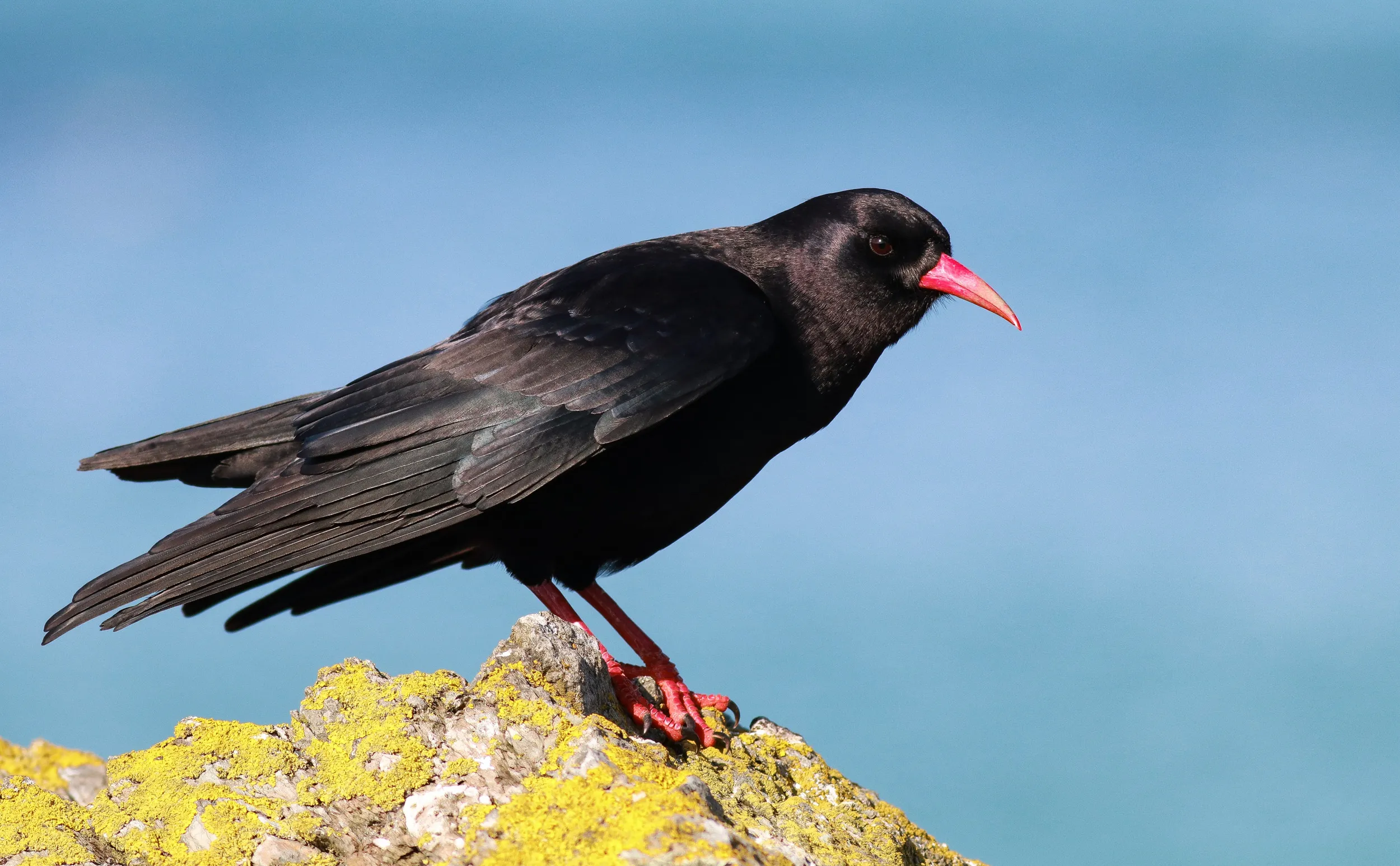
Kirkconnell, Dumfries and Galloway: Improving saltmarsh for wading birds
This is one of the largest expanses of saltmarsh in southern Scotland, a key habitat for wading birds such as Curlew. Grazing helps ensure its favourability for these birds, so we’re upgrading access to the reserve and the cattle management infrastructure.
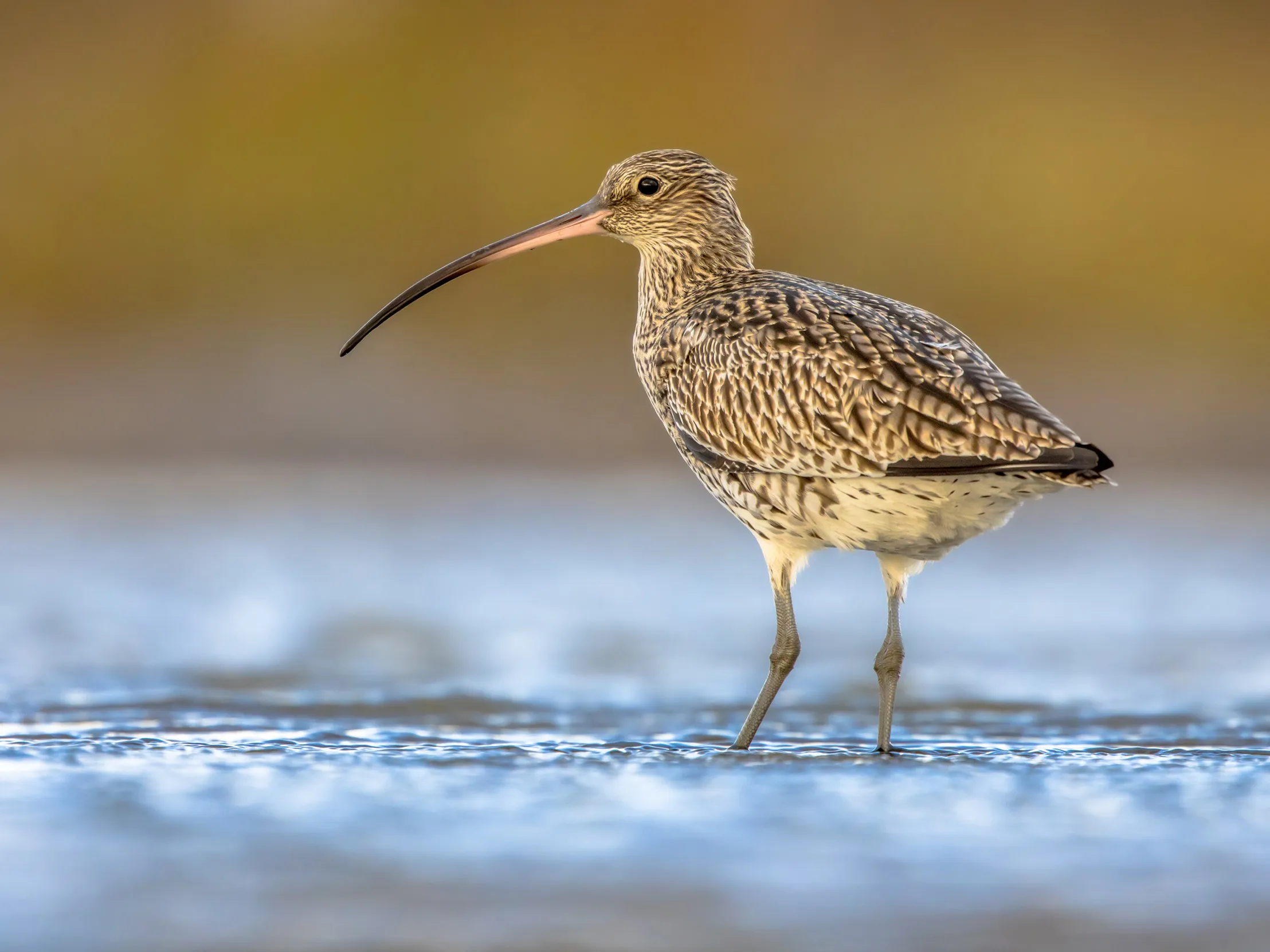
Culbin Sands, Morayshire: reinvigorating the Shifting Dune
A network of important coastal habitats for wintering wading birds. The ridge of sand and shingle above the tideline should move naturally each year, and become colonised by plants like Marram grass, but woody scrub has started to dominate. Removing scrub and trees from the dunes will help many species including Small Blue and Dingy Skipper butterflies.
.jpg)
Loch Lomond, East Dunbartonshire: Improving foraging habitat for geese
Our Loch Lomond nature reserve and the surrounding area is a key wintering location for Greenland White-fronted Geese. We’ve purchased a low-ground-pressure tractor which will enable us to cut dense vegetation to optimise the foraging habitat for the geese.
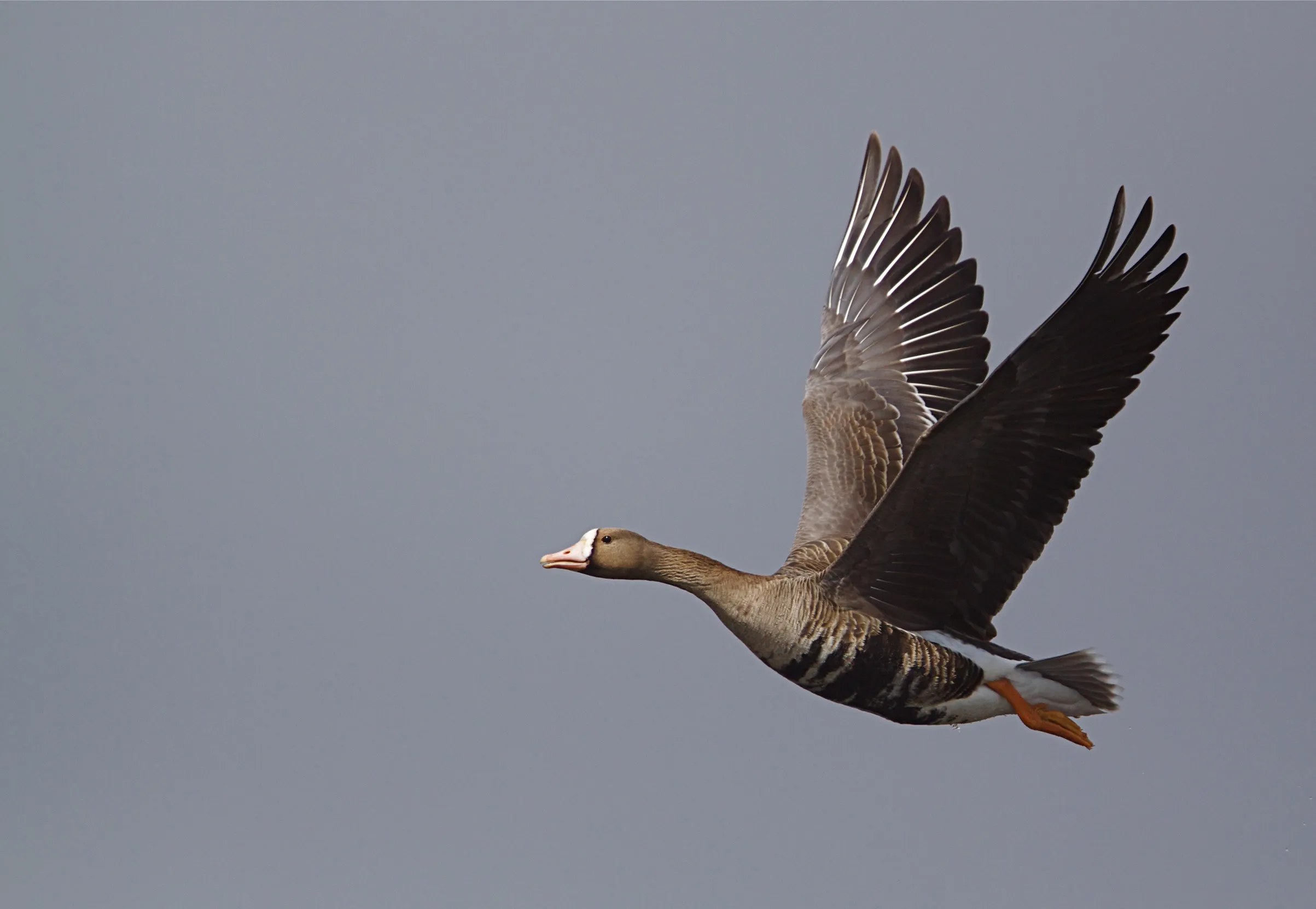
Tiree, Argyll: Creating nesting habitat
As well as being an important island for wintering wading birds, Little Terns and Ringed Plovers nest on areas of man-made gravel on former WWII runways. However, these areas are vegetating over, making them less suitable, and breeding numbers are declining. We’re shallow-ploughing them to remove vegetation and make it more suitable for nesting.

Inversnaid, Stirling: Supporting ancient woodland
Home to an extensive area of ancient Atlantic oak woodland, which supports an incredible amount of wildlife. We’re implementing a fencing plan which will help exclude herbivores from key areas to allow new trees to establish. We will also be monitoring the number of herbivores using state-of-the-art technology.
.jpg)
The intertidal habitats at Nigg and Udale Bay, Highland: Safeguarding waterbirds
These habitats are important for wintering waterbirds such as Bar-tailed Godwits, Curlews and Wigeon. However, these habitats are threatened by invasive Common Cord-grass. We’re controlling this grass to restore affected areas, making them more suitable for feeding and roosting wading birds.

Mersehead, Dumfries and Galloway: Restoring wetland habitat
A stunning example of wetland habitat restoration: we’re removing scrub from the dunes and using virtual fence technology to introduce grazing to help stop the scrub from returning. We’re also using targeted grazing to improve the saltmarsh habitat which supports the wintering population of the Svalbard race of Barnacle Geese.

Insh Marshes, Highland: Improving habitat with grazing
One of the most important floodplain wetlands in Europe and home to an array of rare and special plants, insects and birds. The floodplain creates the ideal conditions for developing fen habitat, but its quality and condition is being reduced by the spread of reeds. We’ve introduced a small herd of Konik ponies to trial grazing to improve the habitat.
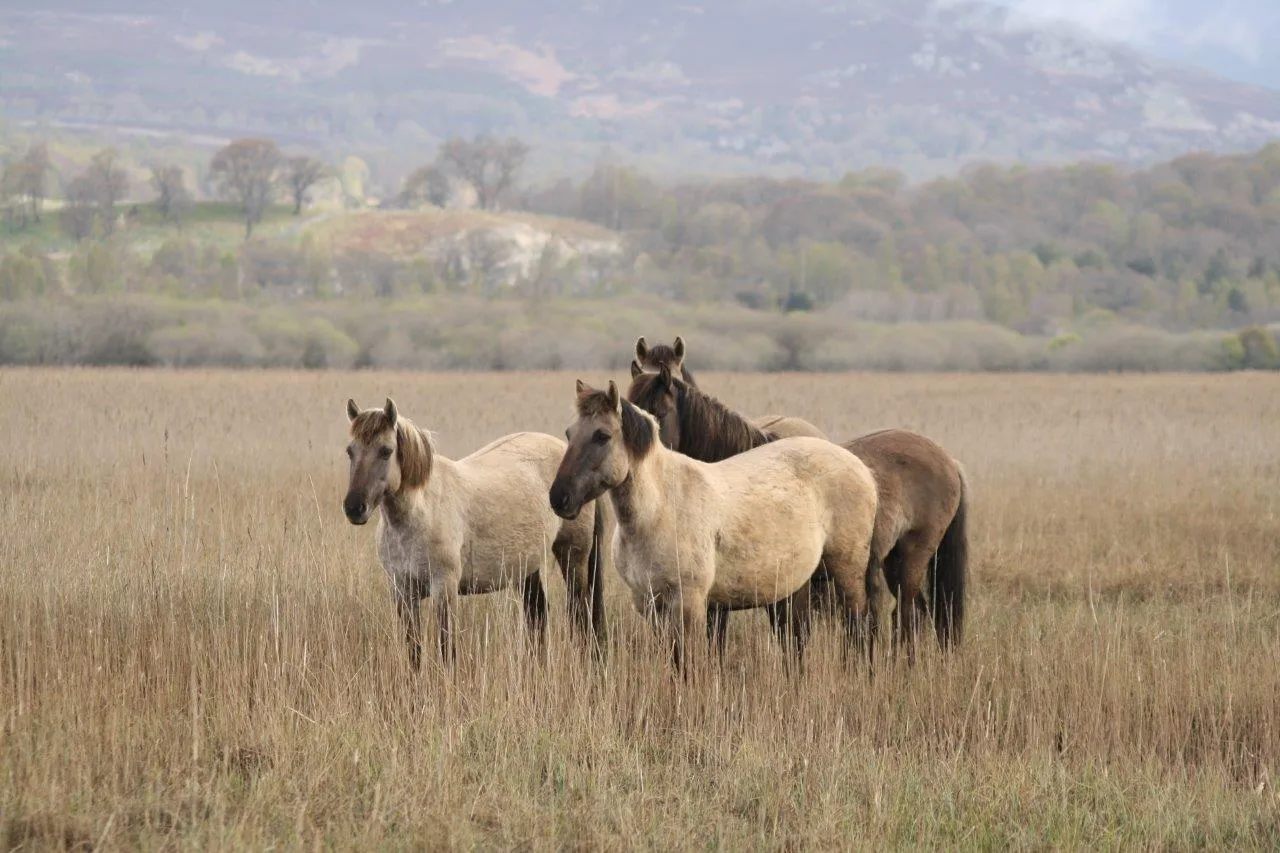
Abernethy, Highland: Bringing back rare trees
We’ve established a tree nursery to boost populations of rare Montane Willow populations in Abernethy. The tree nursery gives us cuttings and seedlings which we plant on the nature reserve to support existing isolated remnant populations. We’re also working with other key landowners to improve conditions for these plants in the Cairngorms.
.jpg)
Abernethy, Highland: Improving habitat for Capercaillie
Our Abernethy nature reserve is a key home for Capercaillie but there is a need for additional habitat management for both adult birds and chicks. We are trialling the use of a remote-controlled robotic mower to cut vegetation, as well as cattle grazing to see how we can best improve the habitat for Capercaillie and other pinewood wildlife.
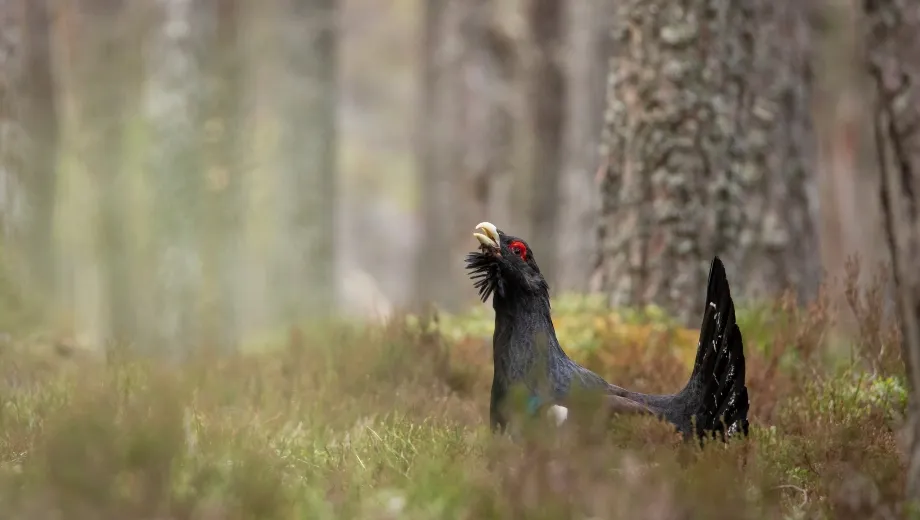
Get the latest news
Visit the RSPB Community 100% for Nature blog to read the latest news stories from the project.
Thank you to all our partners and funders
The RSPB are able to deliver this project thanks to a generous grant from the LIFE programme of the European Union, with additional support from NatureScot, Endangered Landscapes Programme, The Famous Grouse and many other funders and supporters. Thank you!
NatureScot is pleased to support this exciting project to improve the condition of protected areas on RSPB reserves. Protected areas play a critical role in safeguarding biodiversity. Ensuring that Scotland’s amazing nature sites are in the best possible condition will require collaboration and cooperation across government, landowners, businesses and NGOs. This project will make a great contribution to that effort.

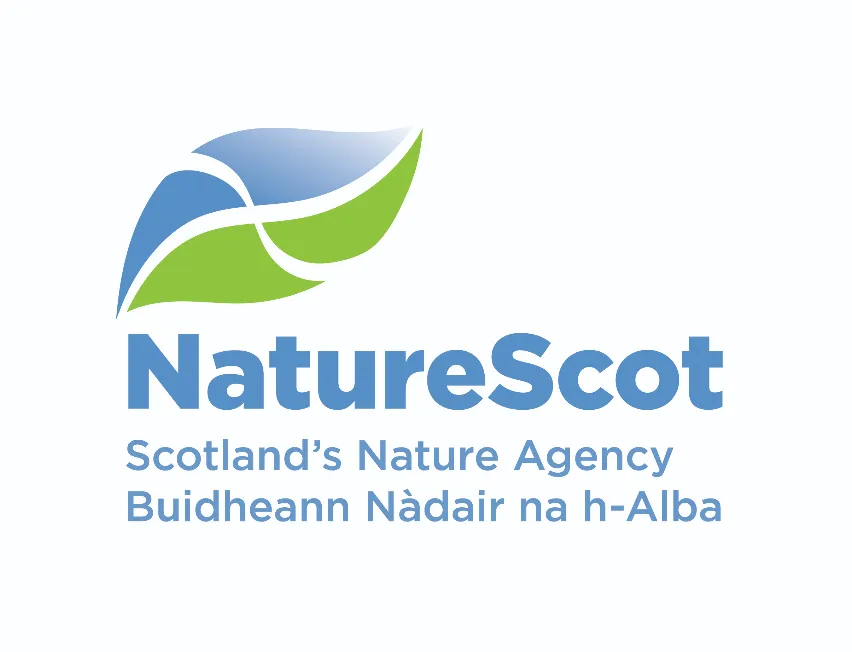

.jpg)